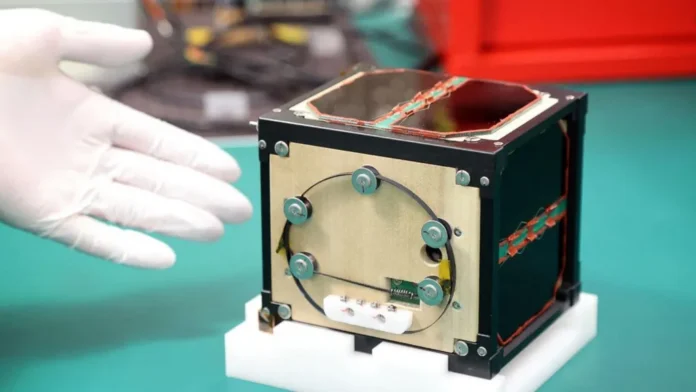Written By Lisa Murimi
In a pioneering experiment, Japanese researchers have launched the world’s first wood-panelled satellite, LignoSat, to explore the viability of timber as a renewable building material in space.
Built by Kyoto University, the satellite weighs only 900 grams and is now on a journey to the International Space Station (ISS) via a SpaceX mission, where it will then be released into Earth’s orbit.
Constructed from magnolia wood using traditional methods without screws or glue, LignoSat aims to test wood’s durability in the vacuum of space.
Professor Koji Murata of Kyoto University explained, “Wood is more durable in space since there’s no water or oxygen to cause rot.”
Researchers hope that, in the future, wood could replace some metals in space technology.
If trees were eventually grown on the Moon or Mars, wood might become a key material for extraterrestrial habitats.
LignoSat includes sensors to monitor its wood panels’ response to space’s extreme conditions over six months.
While not entirely wooden, it combines wood with conventional materials, raising sustainability possibilities.
The initiative also addresses growing concerns over space debris by exploring biodegradable options.



















